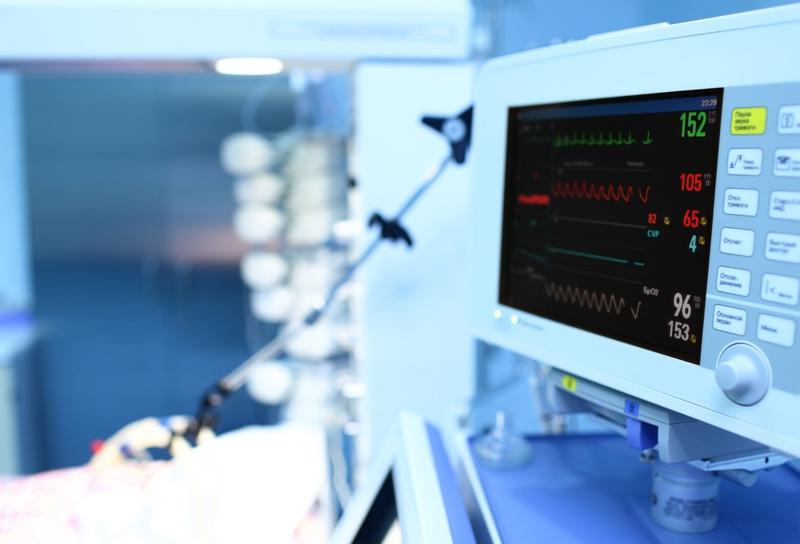Many medical device manufacturers used to view labeling products and parts as an afterthought in the production process. Yet with new campaigns promoting greater levels of patient safety in the healthcare industry and innovative new technology becoming more readily available, it is more important than ever for manufacturers to make labeling a fundamental factor in the entire development cycle.
In regards to labeling, the FDA enforces the standards outlined in the Federal Food, Drug and Cosmetic Act. According to Section 201(k) of the law, a label is any "display of written, printed or graphic matter" on the "immediate container" of any product or device. Additionally, Section 201(m) broadens the term labeling to include any written, printed or graphic matter in "association with the product," which may include brochures, instruction books, direction sheets and tags. Medical device manufacturers must be aware of all and follow all FDA guidelines when labeling their products to avoid encountering difficulties along the way.

Common problems and mistakes with medical device labeling today
Even though the FDA has made significant process improving the readability and effectiveness of medical device labeling, certain studies have revealed a few common deficiencies, according to Medical Device and Diagnostic Industry. For example, at times, device instructions are not written at the precise level of detail needed to successfully guide a first-time user. This can significantly slow down medical professionals when handling their job responsibilities if they are not easily able to distinguish how to operate a certain device.
Studies have also show that certain manufacturers may forget to include necessary steps or illustration in the instruction manual, causing high levels of confusion and inefficiency. While unfortunate, poor labeling practices on the device itself can lead to further difficulties as well. Improperly designed labels or tags on devices can put patients' lives at risk should professionals use the wrong device or use it incorrectly.
"Manufacturers should use fonts and backgrounds with strong contrasts."
How can manufacturers make the most of labeling their medical devices?
The most important factors medical device manufacturers must consider when approaching the labeling process are readability, color, hierarchy of necessary information, lifespan and printing method, according to Med Device Online. For example, readability and color are critical factors because when chosen incorrectly, they can hinder device functionality. Manufacturers must consider the environment in which the device will be used, such as a dark or moisture-heavy room.
To ensure maximum readability, manufacturers should use fonts and backgrounds with strong contrasts, such as black on white or black on yellow. Red is also regularly used to draw attention and indicate a hazard or warning. High-visibility is key to keeping healthcare professionals doing their job efficiently and safely. When deciding on the right colors for ultimate legibility, manufacturers must choose labels that will not smudge or fade as well. Using labels made from long-lasting materials is another equally critical component in the labeling process.
Finally, manufacturers must ensure that the hierarchy of information is organized and displayed prominently for complete ease of use. Manufacturer should use a high-resolution printer to make sure that the size, color, style and location of the font is easy to spot. Thermal transfer label printers produce durable, clear barcodes, images and writing to help manufacturers achieve this goal.
At Stranco, we offer high-quality thermal transfer labels in a variety of materials for medical device manufacturers. Our products are specifically designed to maintain crisp legibility, even when placed in environments that experience radical temperature and moisture level changes. Many materials can withstand exposure to highly abrasive chemicals as well. Contact one of our knowledgeable representatives today to learn more about our labels!

